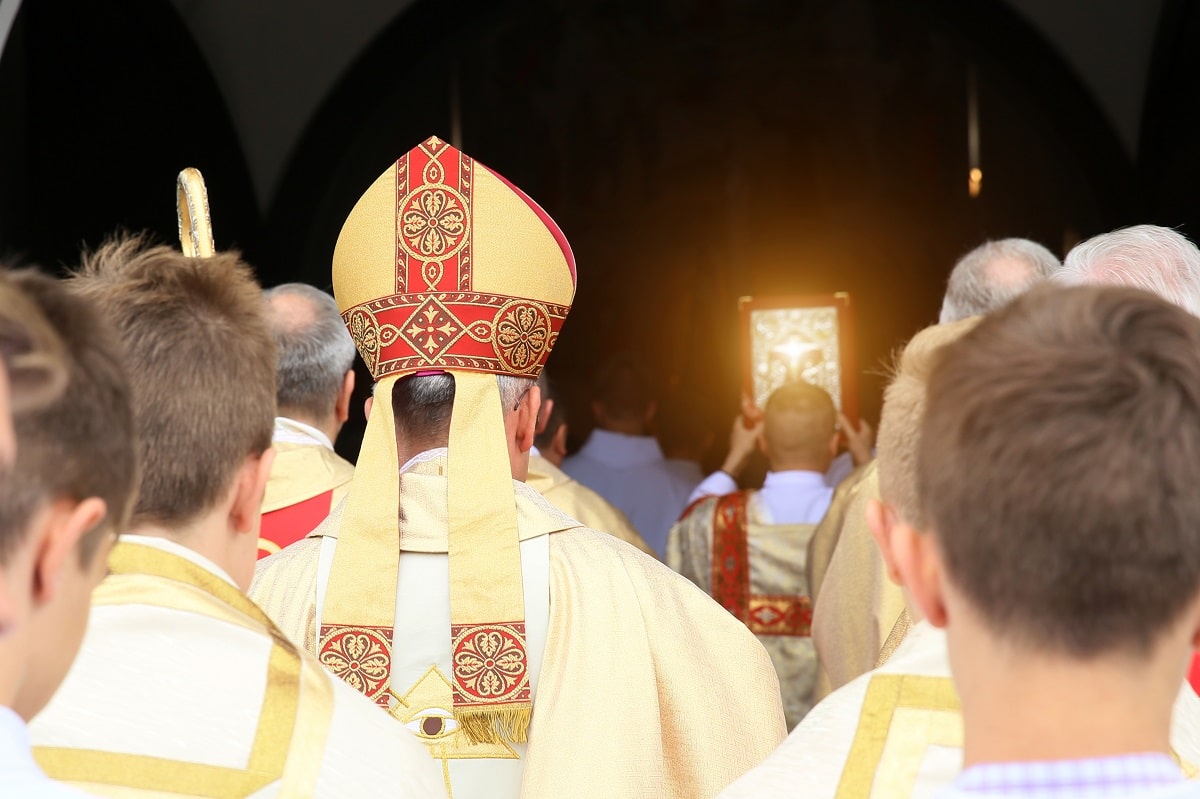Despite some progress, many churches still fall short when it comes to equality. Here’s a look at how different denominations in the U.S. continue to struggle with equality.
1. Segregated Congregations

Despite strides towards integration, many churches remain racially segregated, reflecting broader social divisions within communities.
2. Leadership Roles Limited to Men
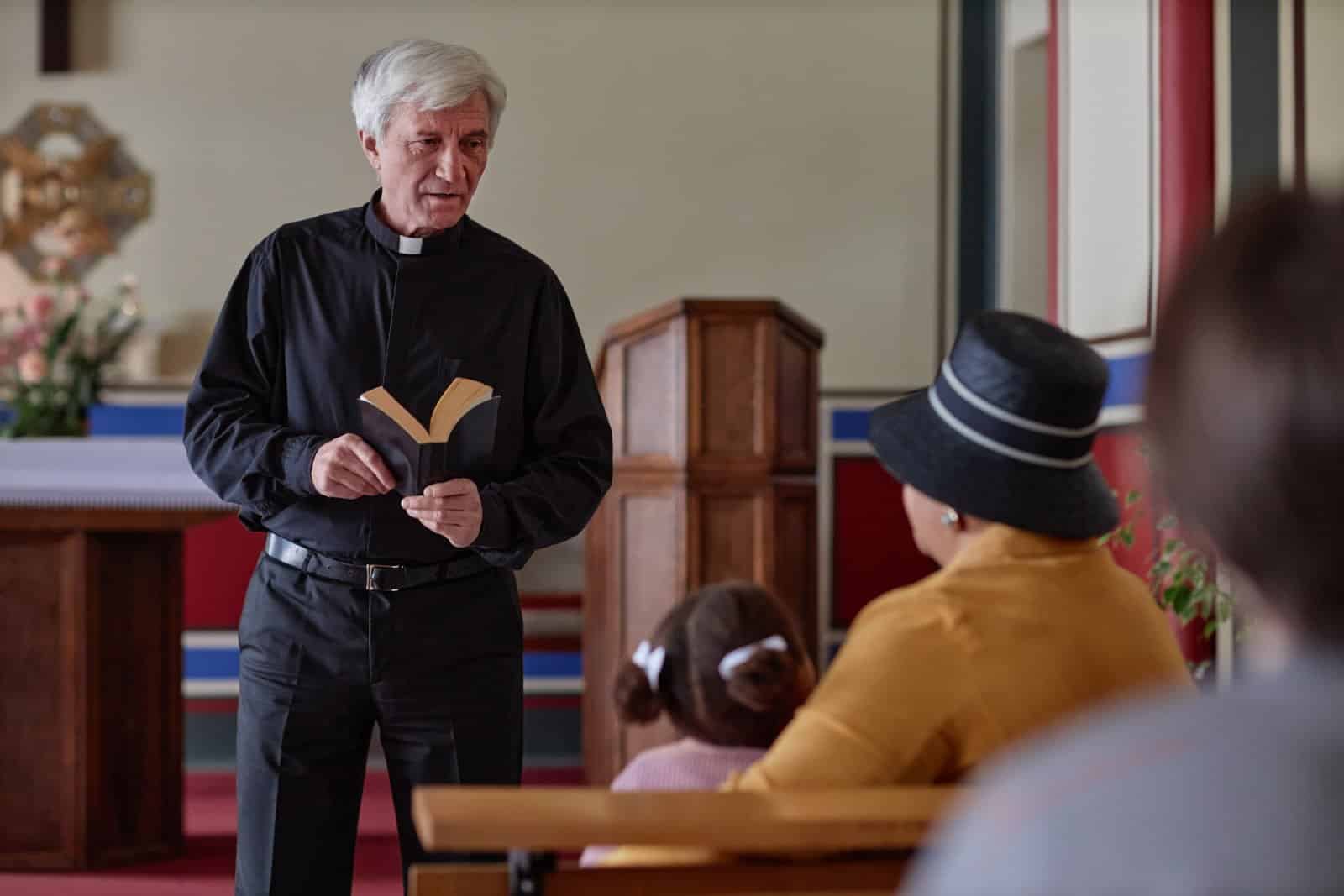
In many denominations, leadership roles, particularly pastoral positions, are still predominantly or exclusively held by men, excluding women from key decision-making roles.
3. Non-Affirming LGBTQ+ Policies
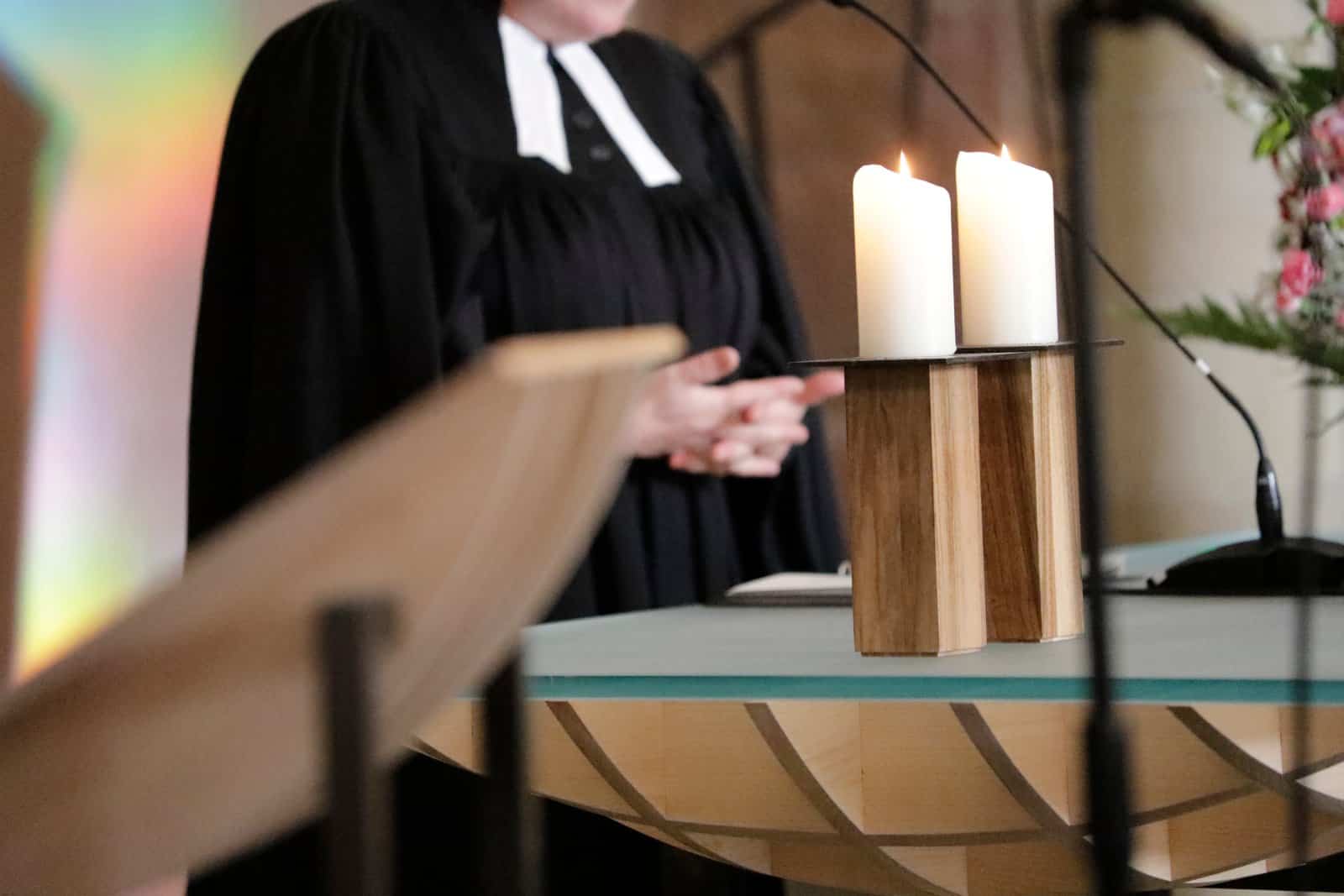
Several major church bodies still hold non-affirming stances on LGBTQ+ issues, often excluding LGBTQ+ individuals from clergy roles and sacraments like marriage.
4. Resistance to Acknowledging Systemic Racism
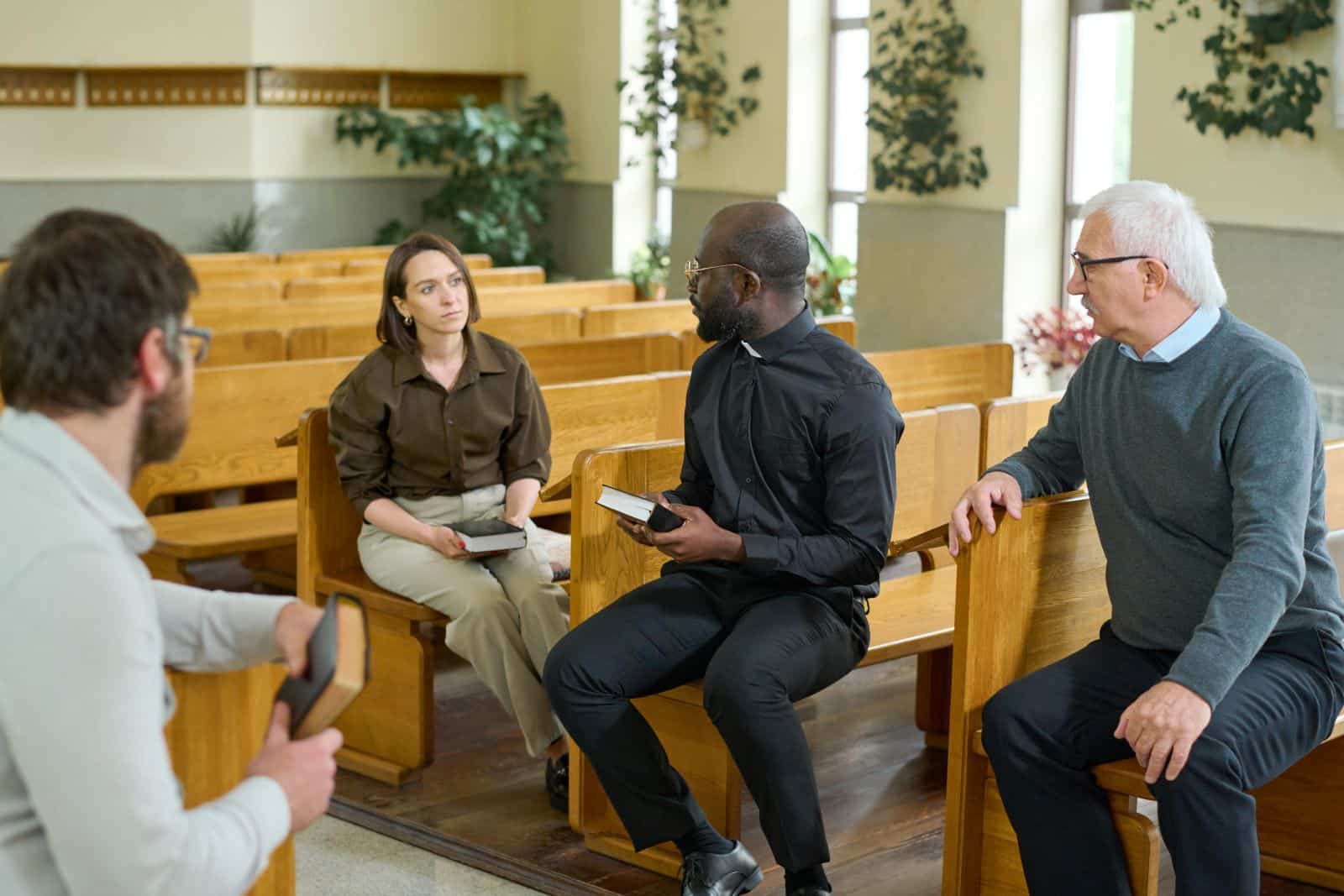
Some churches are resistant to acknowledging the role of systemic racism within their histories and current practices, avoiding conversations that could lead to meaningful change.
5. Lack of Female Clergy
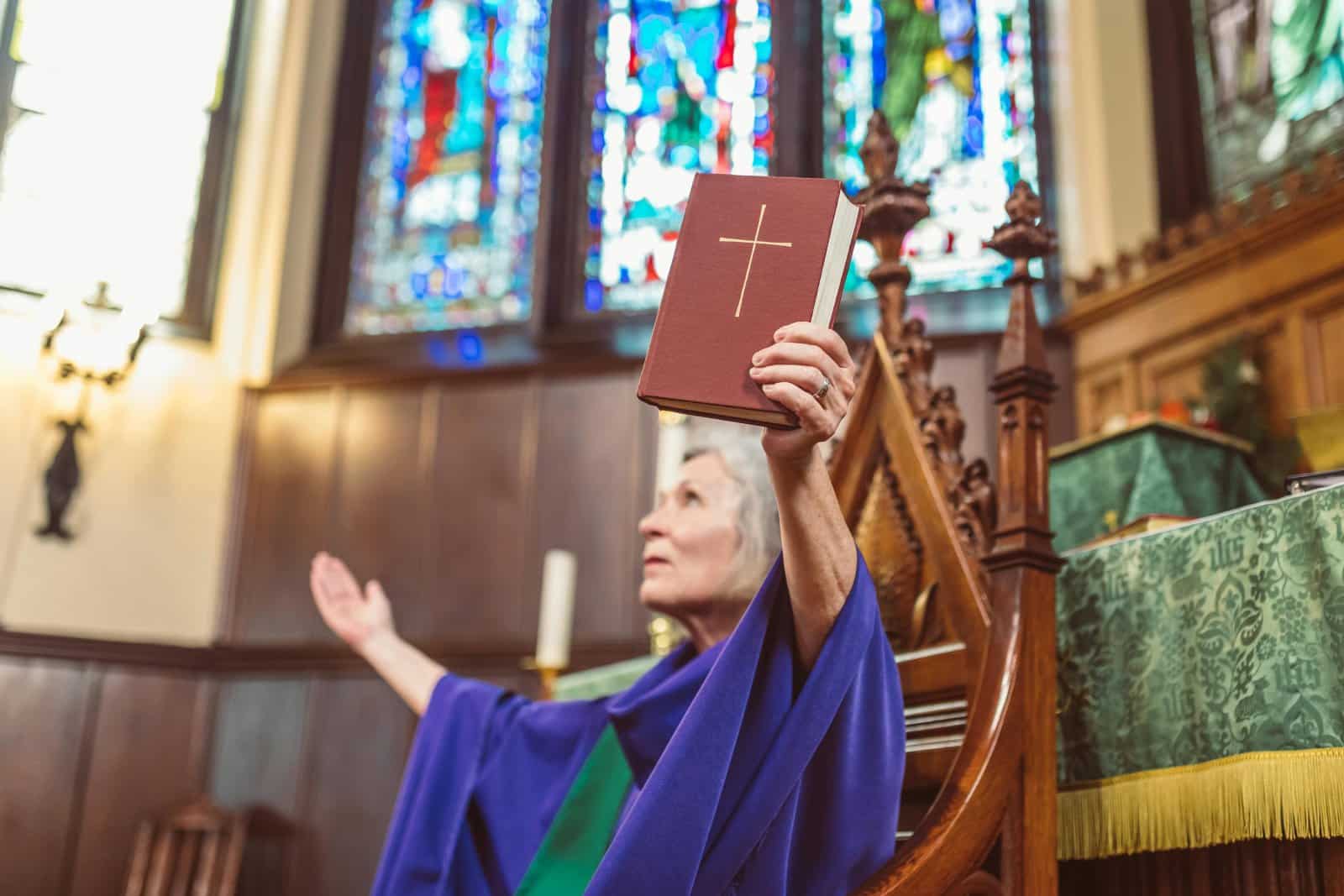
In denominations like the Roman Catholic Church and certain Evangelical churches, women cannot be ordained as clergy, which limits their leadership opportunities.
6. Insufficient Response to Sexual Abuse Scandals
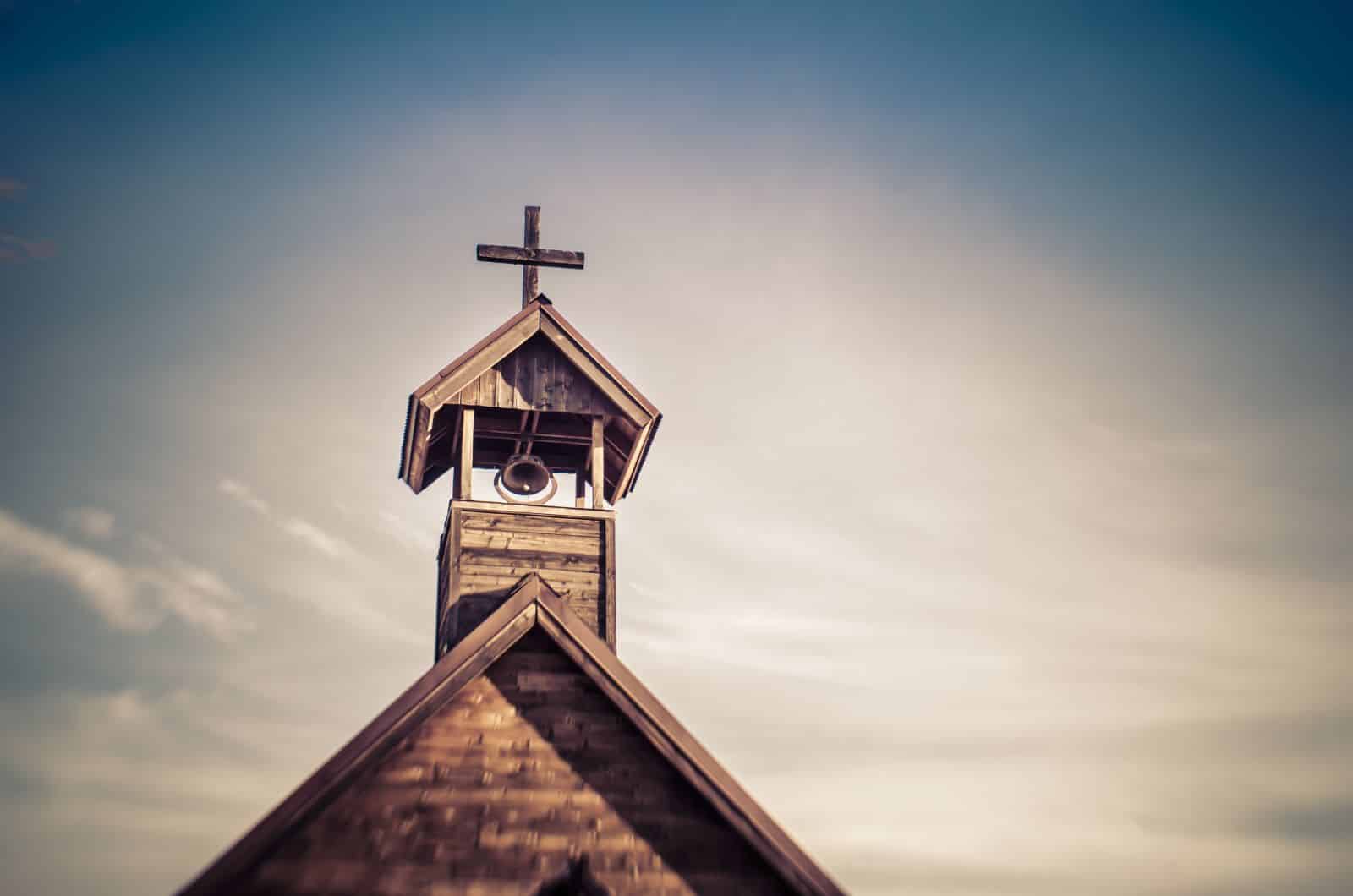
Some churches have been criticized for inadequate responses to sexual abuse scandals, often protecting the institution over the victims.
7. Cultural Insensitivity in Worship

In many multicultural communities, churches often cater to dominant cultural expressions in their worship services, neglecting the diverse cultural backgrounds of their congregants.
8. Inadequate Support for Immigrant Members
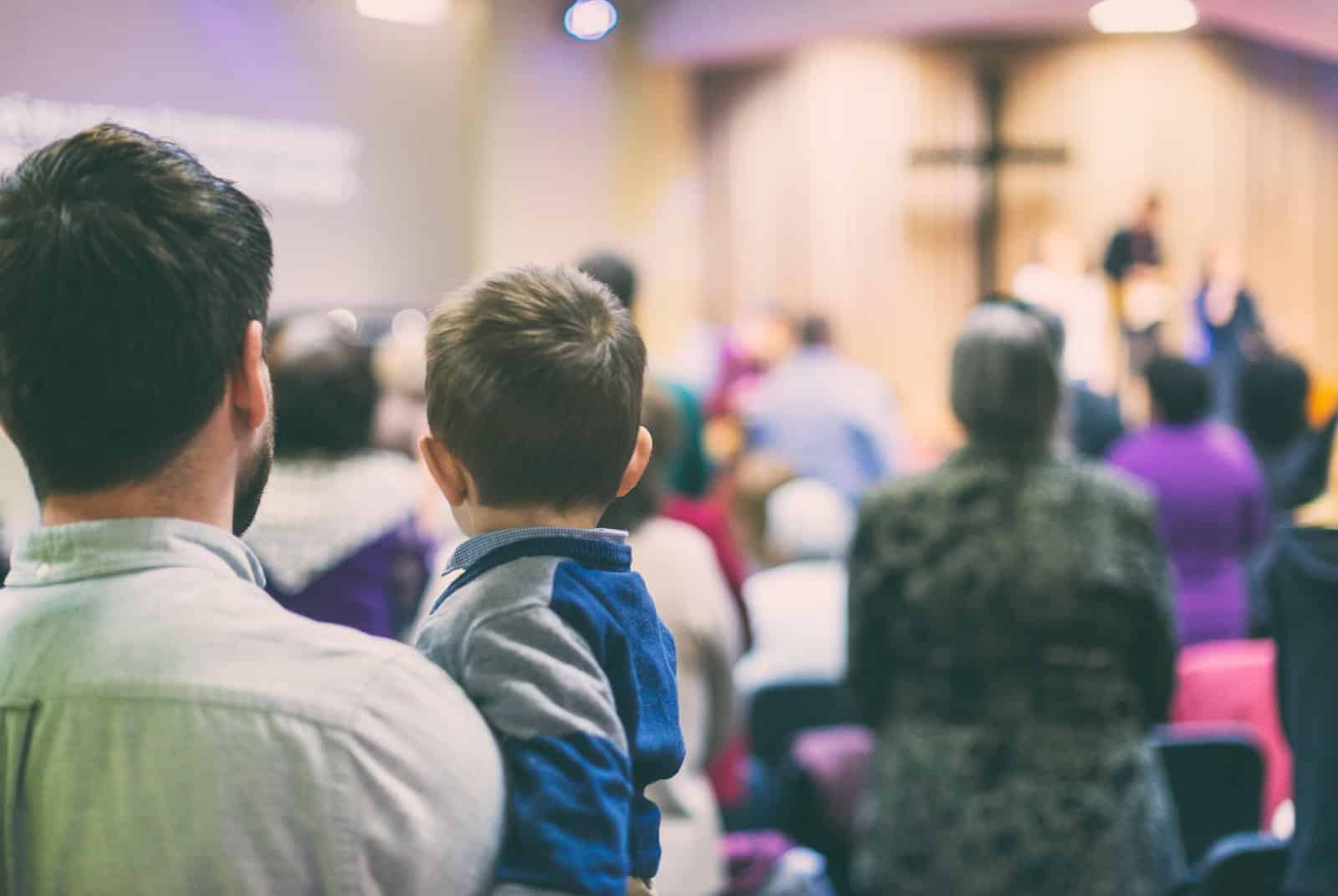
Churches can sometimes fail to provide adequate support or advocacy for immigrant members, especially those who are undocumented.
9. Homogeneous Leadership
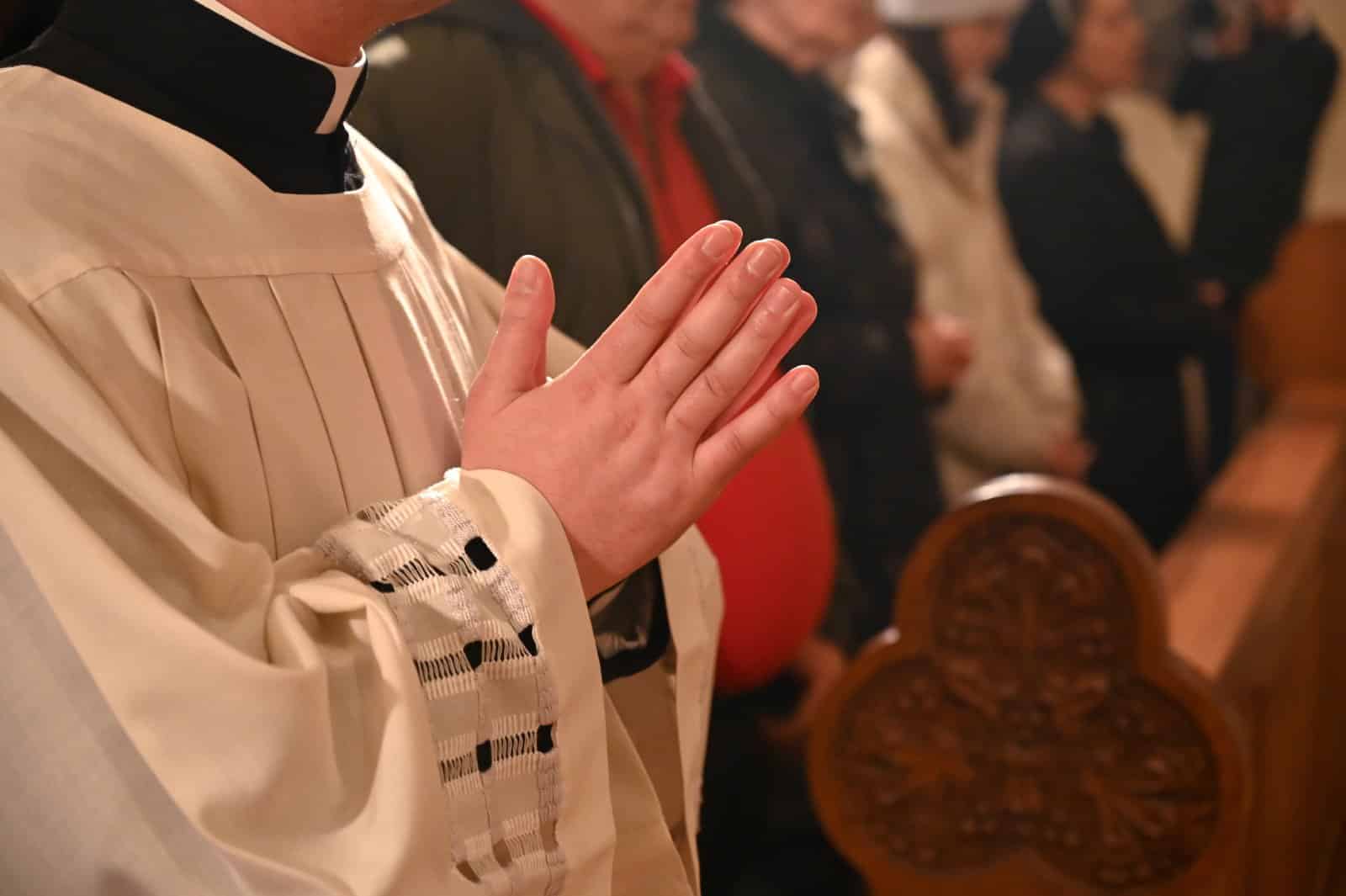
Leadership within many churches often lacks diversity, typically dominated by white males, which does not reflect the diversity of the congregation.
10. Exclusion From Sacraments
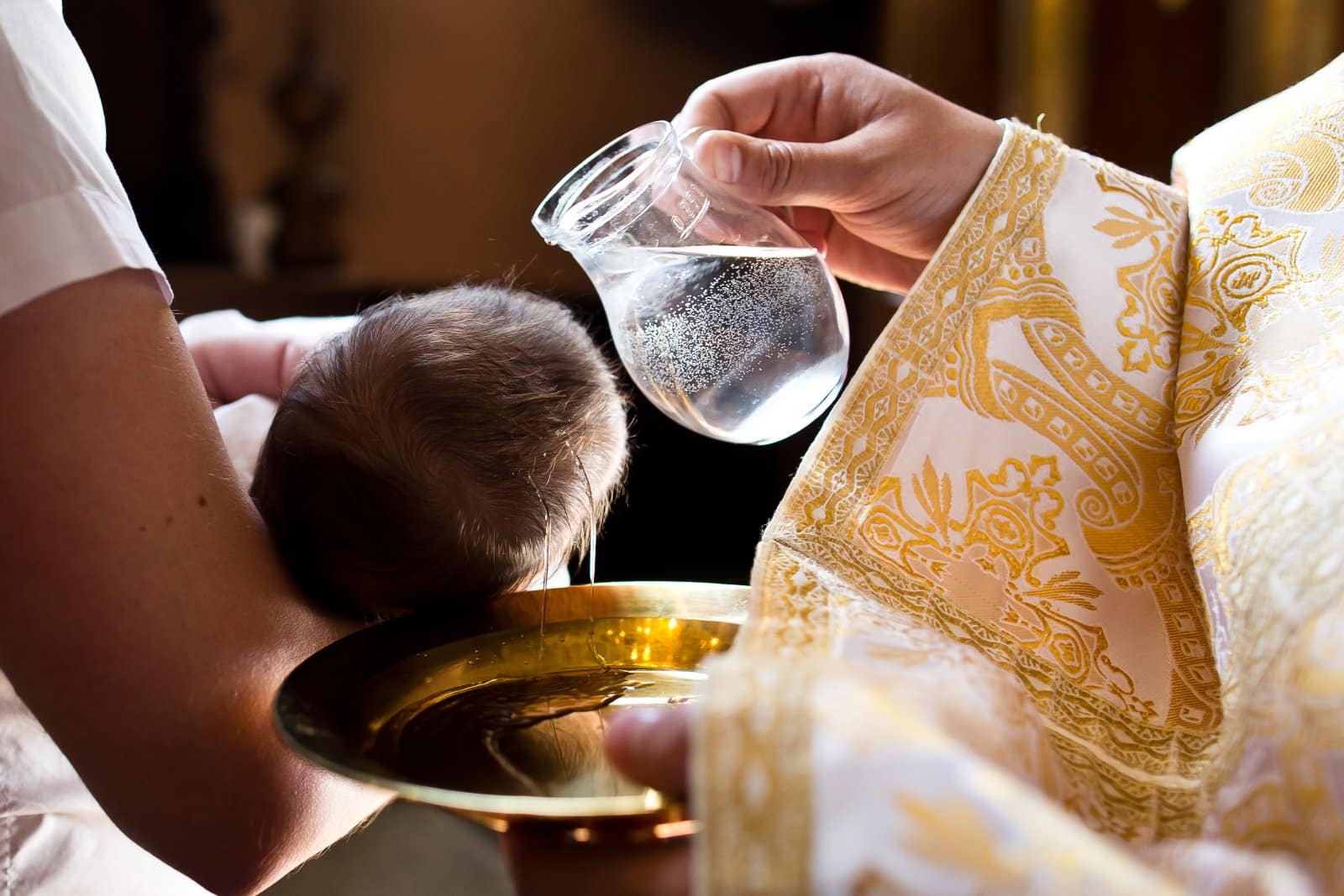
Some churches exclude members of the LGBTQ+ community from sacraments and other rites, such as baptisms, marriages, and funerals.
11. Gendered Expectations
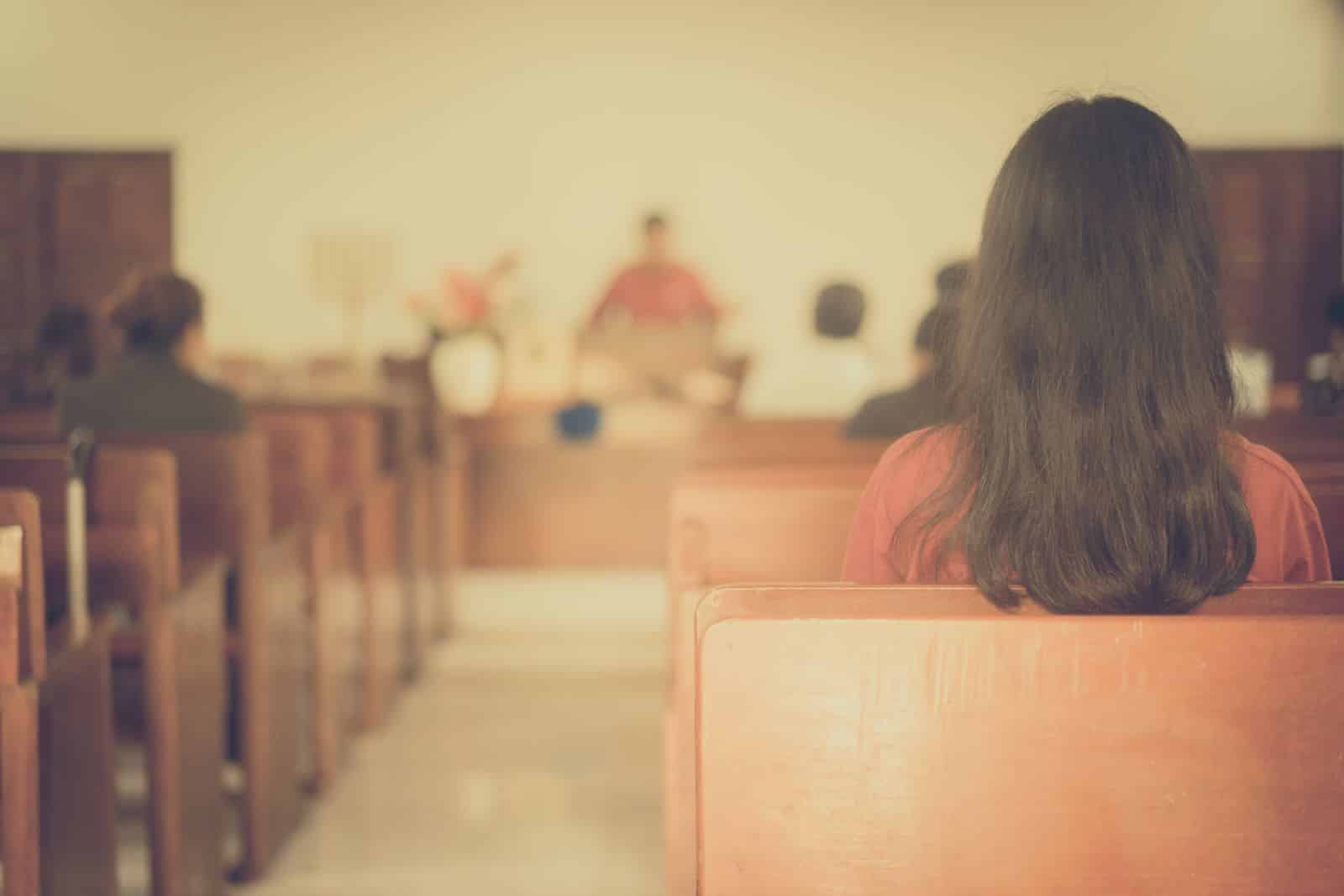
Traditional gender roles are often reinforced in church teachings and community life, with women frequently directed towards support roles rather than leadership.
12. Silence on Social Justice Issue
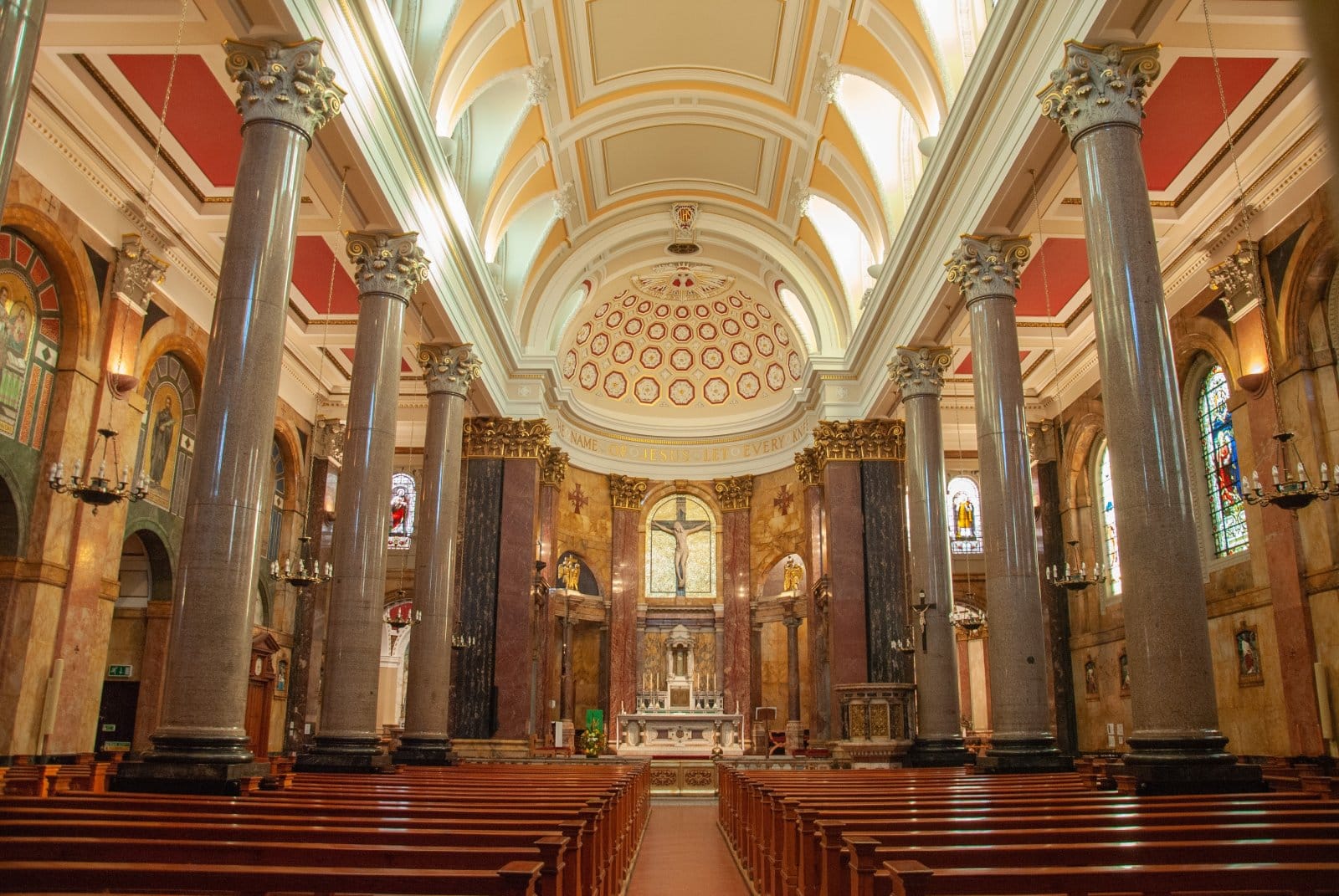
There is often a noticeable silence on current social justice issues, such as police brutality, immigration, and healthcare rights, which can be pivotal for the congregation’s affected members.
13. Failure to Reform Doctrine

Many churches adhere strictly to traditional doctrines that do not evolve in response to modern understandings of gender, sexuality, and race.
14. Racially Insensitive Liturgy
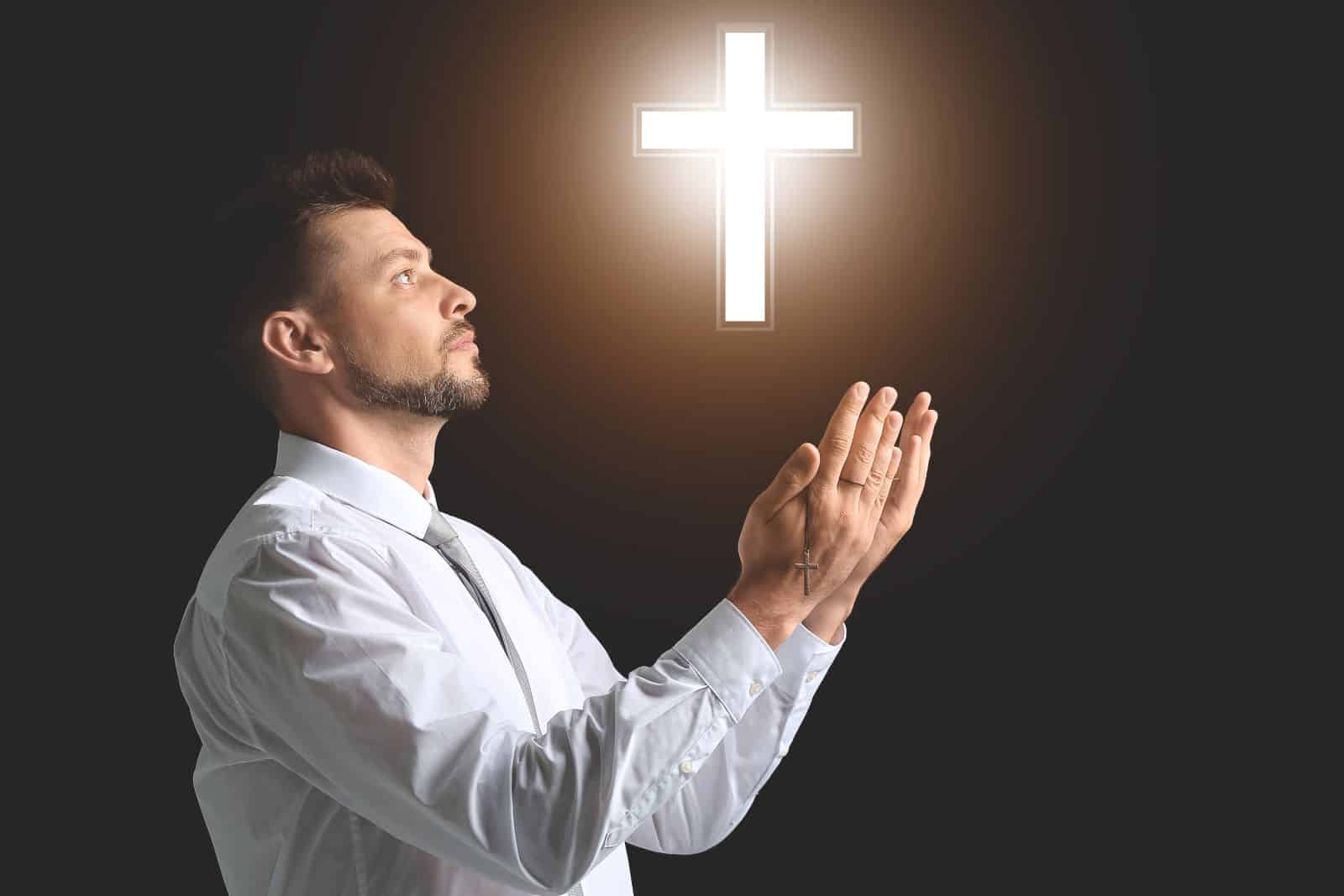
The use of racially insensitive language or symbols in liturgy and church teachings can alienate congregants of color.
15. Inadequate Representation on Church Boards

Church boards and decision-making bodies often lack representation from women, young people, and members of color, affecting the inclusivity of church policies.
16. Poor Accessibility for Disabled Persons

Church facilities often lack proper accessibility for disabled persons, excluding them from full participation in church life.
17. Discriminatory Marriage Policies

Many churches still uphold discriminatory policies regarding marriage, particularly concerning same-sex couples.
18. Lack of Engagement With Younger Generations

Churches often struggle to engage with younger generations who may view the church’s stance on social issues as outdated or irrelevant.
19. Minimal Outreach to Marginalized Communities
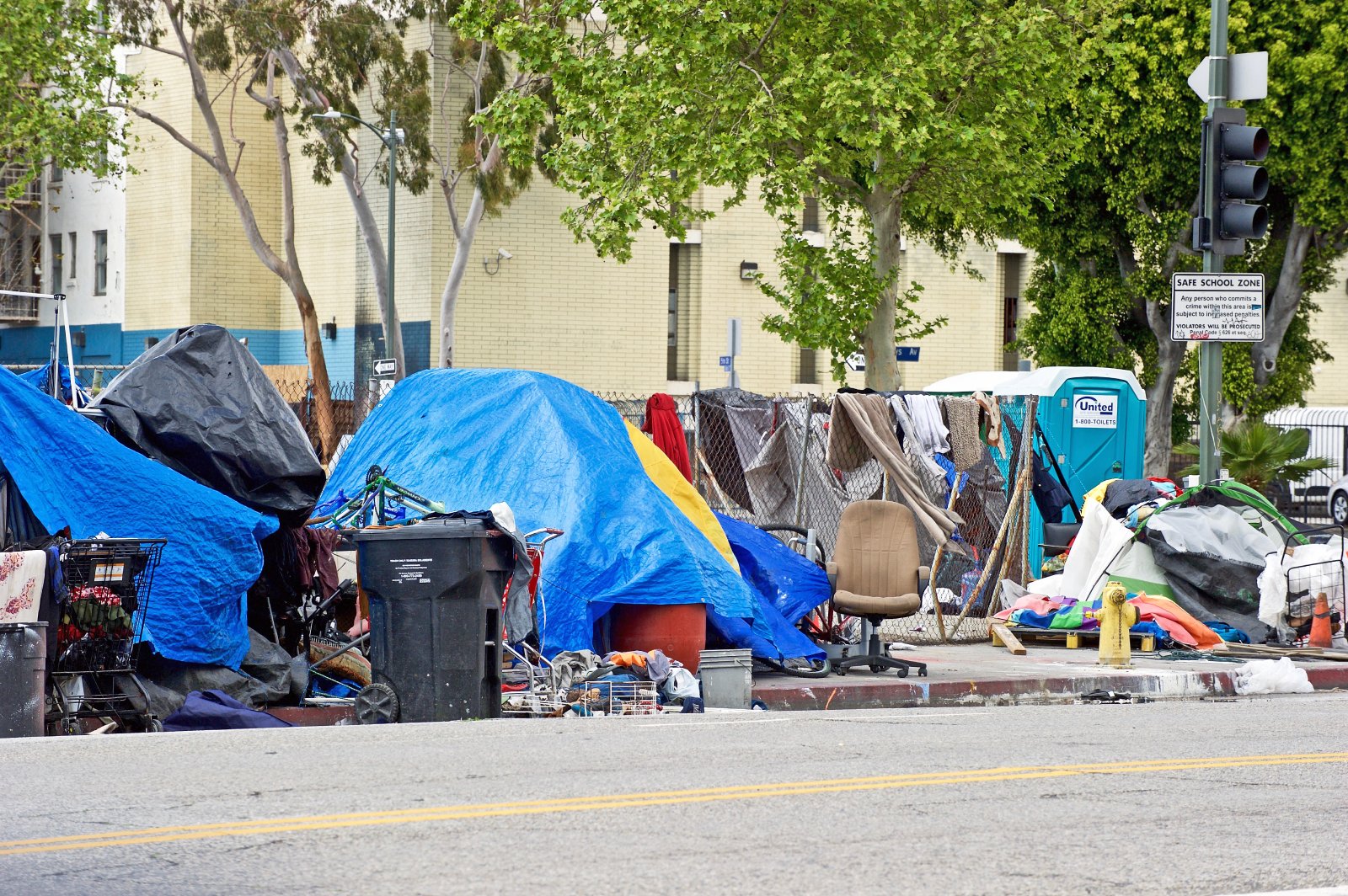
Outreach efforts are frequently minimal or non-existent towards marginalized communities, missing opportunities for support and advocacy.
20. Historical Wrongs Unaddressed
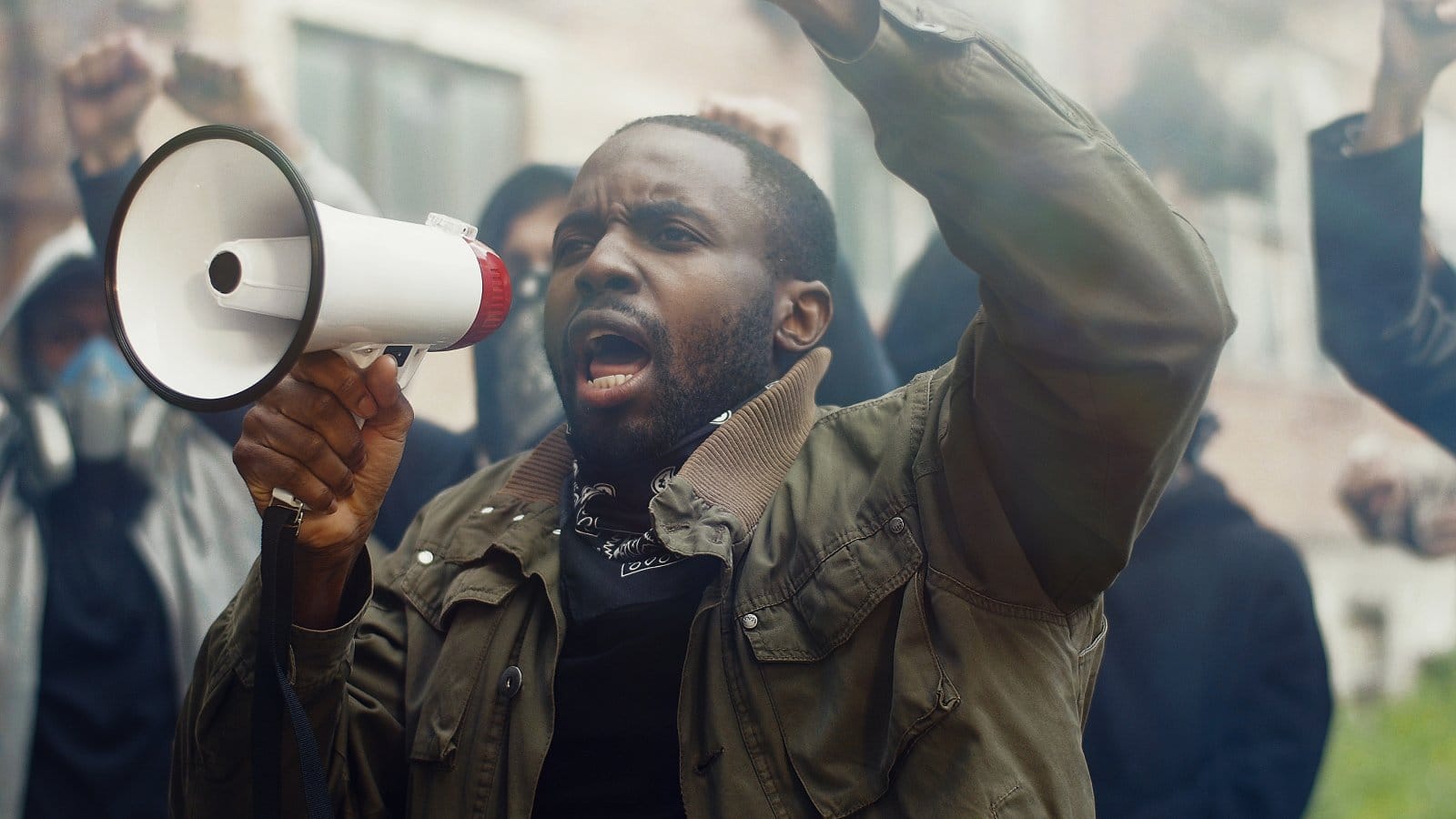
Many churches have yet to fully address or seek reconciliation for historical wrongs, such as support for segregation or silence during the civil rights movement.
21. Non-Inclusive Language

The use of non-inclusive language in church communications and teachings can exclude various groups, perpetuating feelings of alienation.
A Long Road to Equality
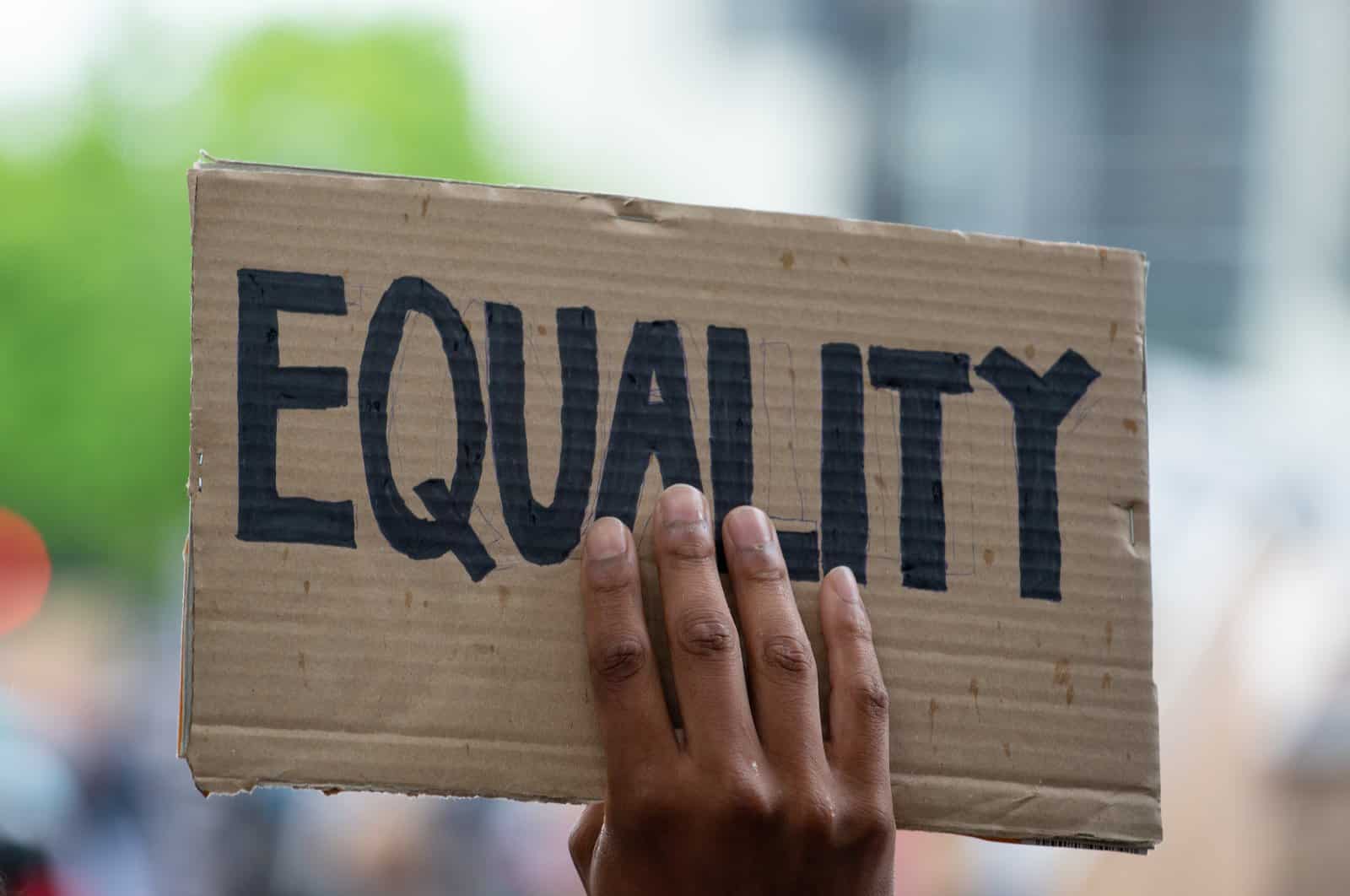
While many churches strive to be places of welcome and sanctuary, there is still a significant journey ahead in achieving true equality. Addressing these 21 issues can help churches become more inclusive and representative of all their members.
The post 21 Ways the Church Still Doesn’t Offer Equality first appeared on Pulse of Pride.
Featured Image Credit: Shutterstock / Krzysztof Winnik.
For transparency, this content was partly developed with AI assistance and carefully curated by an experienced editor to be informative and ensure accuracy.

